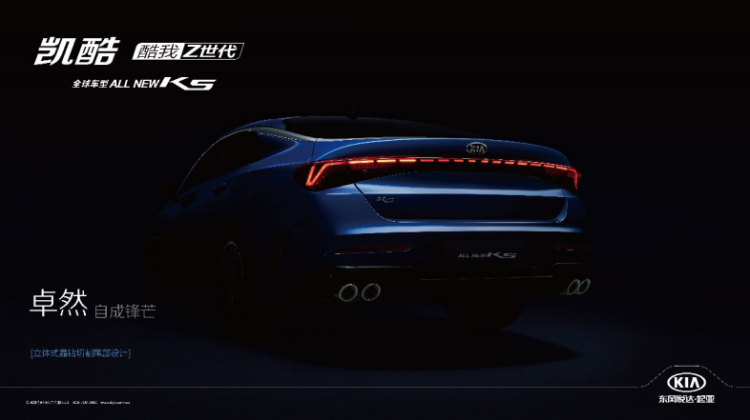2020 is destined to be an extraordinary year. Affected by the new crown epidemic, the performance of the auto market in the first half of this year has also been greatly affected. At the moment when new car sales are declining, medium-sized SUVs are still the “sweet pastry” in the Chinese auto market, and this level is also a must for all brands. However, for GAC Toyota, it has no corresponding products in the field of medium-sized SUVs. The launch of Weilanda has given GAC Toyota a foothold in this field. The sales volume in the first full month of listing reached 7,588 vehicles. He caught up with Highlander who had stood on the altar for many years in the same sect.

For off-road enthusiasts, whether such an urban SUV is worth buying, the Weilanda test drive held by the manufacturer in Chengdu will give us the answer.
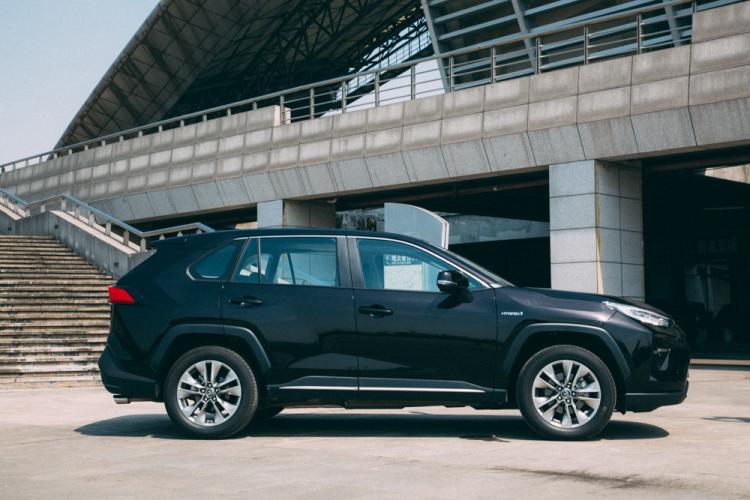
Chassis and four-wheel drive structure
As an urban SUV, the suspension form of Weilanda is naturally four-wheel independent suspension. The front McPherson and rear double wishbone structure can have better ride comfort. For off-road enthusiasts, two-wheel drive is unbearable, and four-wheel drive is a must-have option. So this article puts aside the two-wheel drive model, let’s only talk about the four-wheel drive version.
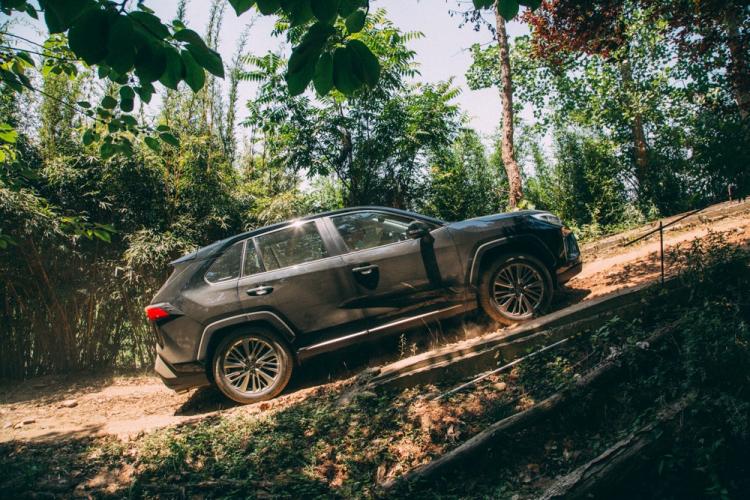
Weilanda’s four-wheel drive models have three four-wheel drive technology structures. The official names are DTC intelligent four-wheel drive, DTV dynamic vector four-wheel drive and E-Four electronic four-wheel drive.
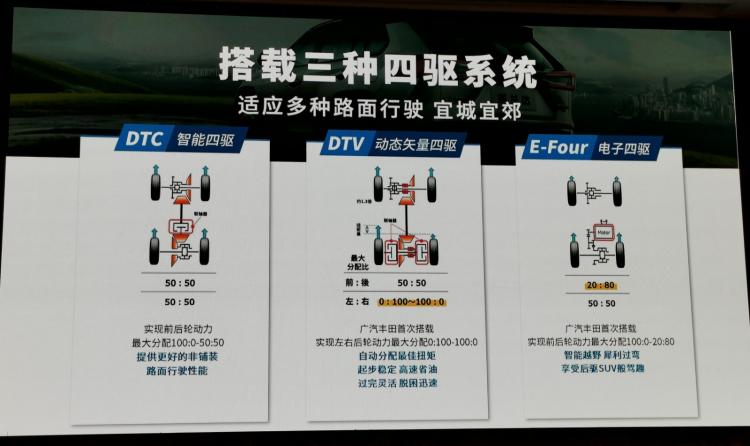
Off-road veterans who are more familiar with the four-wheel drive structure should be able to understand what is going on with Weilanda’s four-wheel drive after looking at the picture above. If you understand, you can skip the detailed explanation below. If you don’t understand, please continue to read.
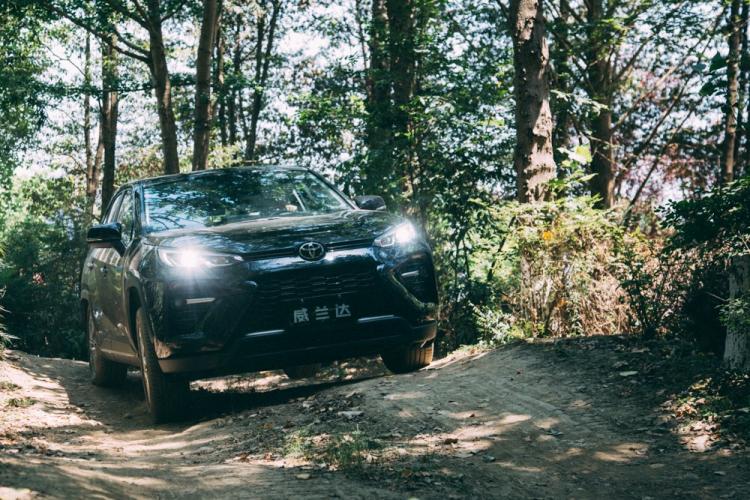
Let’s talk about DTC smart four-wheel drive first. This technology is actually relatively “old”. Another common name is the usual timely four-wheel drive. Daily driving is in the front-drive mode. When front wheel slip is detected, the electronically controlled multi-disc clutch in the middle is automatically engaged, which can realize the dynamic distribution of front and rear torque at 50:50. This four-wheel drive system is of little significance for the vehicle to get out of trouble, but it is still very helpful for improving driving safety.
In extreme rainy and snowy weather, the 50:50 front and rear power distribution can make the vehicle more stable. On small snow-covered slopes, two-wheel drive vehicles can only swing in place, but this four-wheel drive system can easily help you move forward.
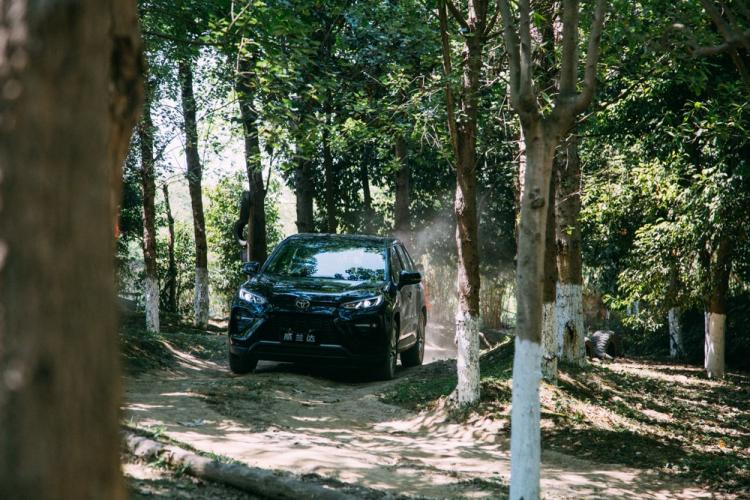
DTV dynamic vector four-wheel drive is Toyota’s first technology. Its technical highlight is to install an electronically controlled coupler on both sides of the rear axle differential, so as to realize the dynamic power distribution of 100:0 and 0:100 between the left and right rear wheels. . From the perspective of getting out of trouble, the power distribution efficiency of multi-disc clutches is much higher than the traditional one that relies on brakes to distribute power.
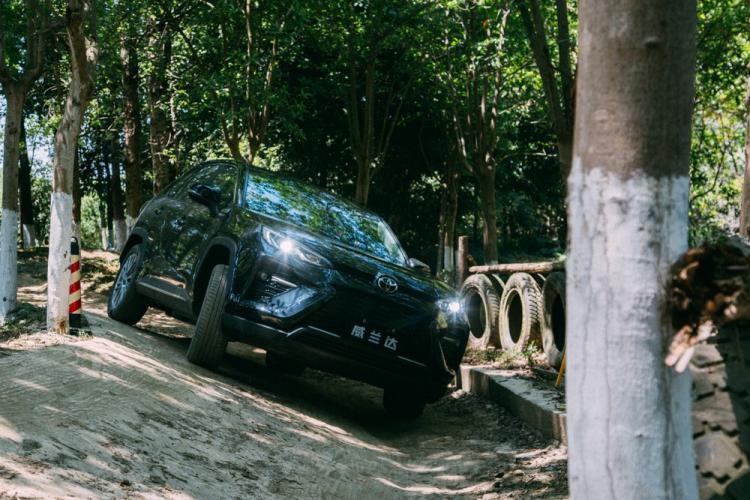
From the actual off-road experience, you can also feel this more intuitively. When passing through the cross axle, this four-wheel drive system can respond extremely quickly to the idling rear wheels, and the power of the rear axle will be instantly released to the wheel on the side with adhesion. Excellent too much.
In addition, DTV dynamic vector four-wheel drive can also intelligently distribute the power of the two rear wheels. When passing through a curve, the outer wheel of the rear axle can distribute more power than the inner wheel, which can make the vehicle turn more accurately and calmly. In other words, the performance of mountain roads is more manipulative. Another point is that there are two clutches at the front and rear of the drive shaft. In the two-wheel drive mode, the clutch is separated, and the drive shaft in the middle will not idle, and the fuel economy is better.
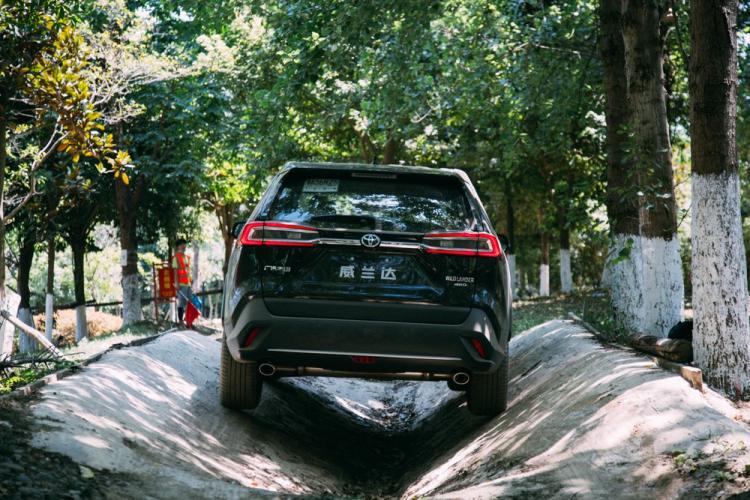
If DTC intelligent four-wheel drive allows you to drive on paved roads more calmly, then DTV dynamic vector four-wheel drive allows you to drive on any road calmly. The above two four-wheel drive modes correspond to the 2.0L gasoline version, DTC is equipped on the four-wheel drive luxury version, and DTV is equipped on the four-wheel drive premium version and the four-wheel drive technology version.

The E-Four electronic four-wheel drive is only equipped on the 2.5L dual-engine four-wheel drive luxury version. In low-speed mode, the front and rear motors provide power respectively; in extreme cases, the engine and the electric motor work synchronously to provide power. The distribution can be switched steplessly from 100:0 to 20:80.
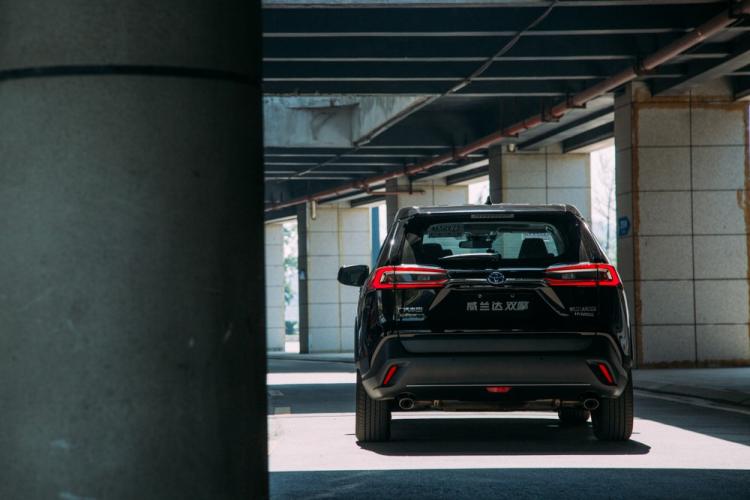
We just need to know that in terms of handling experience, the dual-engine version is even better. At the same time, because there is no drive shaft, the rear wheels can work independently under electric drive, so theoretically, the dual-engine version has a stronger ability to get out of trouble. But the dual-engine version is not used to cope with off-road conditions, it is more used to reduce fuel consumption.
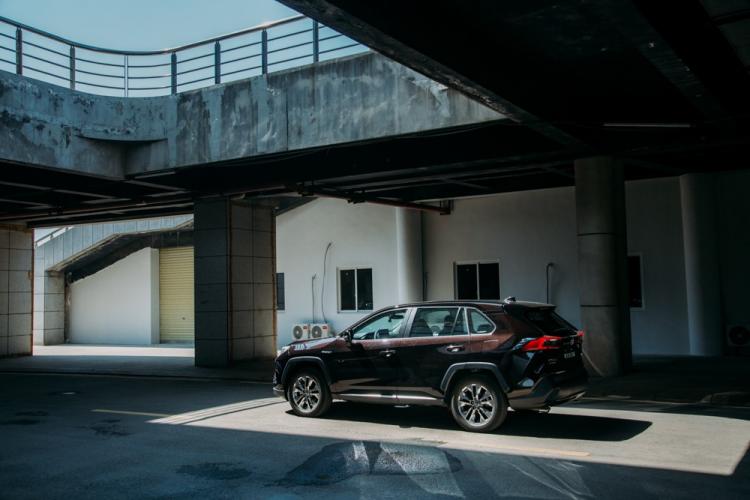
The three four-wheel drive structures all rely on Toyota’s AMT four-wheel drive integrated management system. From the price point of view, there is only a price difference of about 10,000 yuan between the four-wheel drive version and the two-wheel drive version. Ordinary consumers popularize four-wheel drive systems.
power system
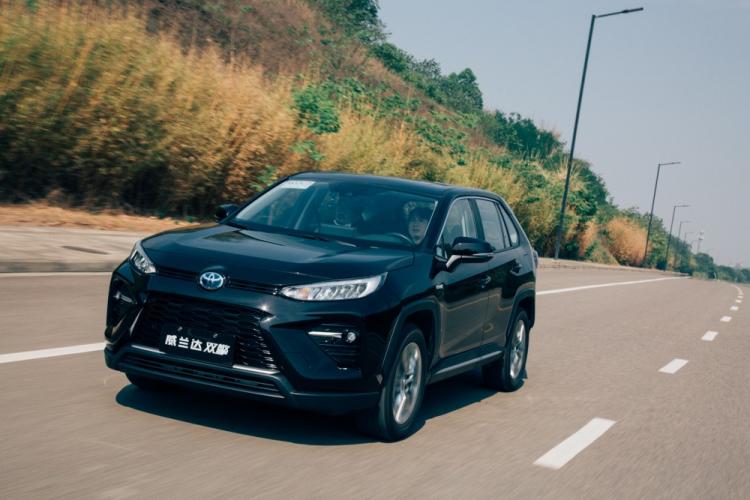
The 2.0L version of Weilanda is equipped with a brand new 2.0L Dynamic Force engine under the TNGA architecture and a simulated 10-speed CVT gearbox. When you step on the accelerator deeply, the CVT gearbox still has a certain hysteresis. Once the gearbox reacts, the power can still be output continuously.
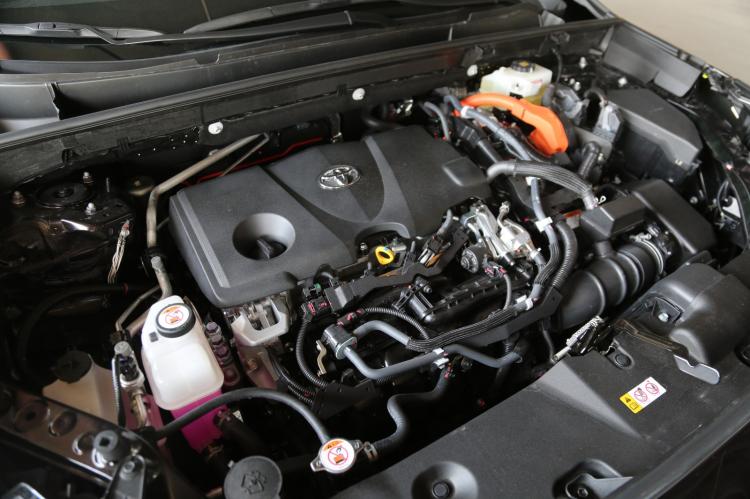
If I didn’t test drive the 2.5L dual-engine version, I would think that the 2.0L version is enough. After the test drive of the dual-engine version, I would only feel that the power performance of the 2.0L version can only be said to be quite satisfactory, all because the dual-engine version is too good up.
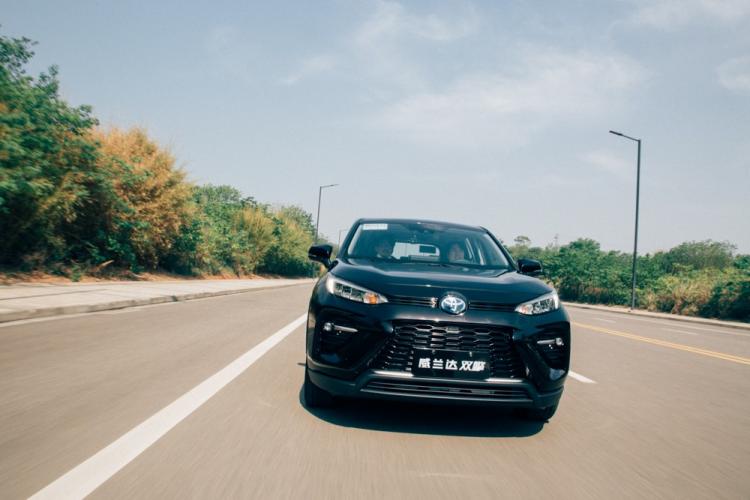
The dual-engine version adopts TNGA 2.5L Dynamic Force engine, whose thermal efficiency is as high as 41%. Coupled with the latest THS II hybrid power system, the power of the dual-engine version is more direct and rapid. Even with such a strong power performance, the fuel consumption of the 2.5L dual-engine four-wheel drive version is only about 5L.
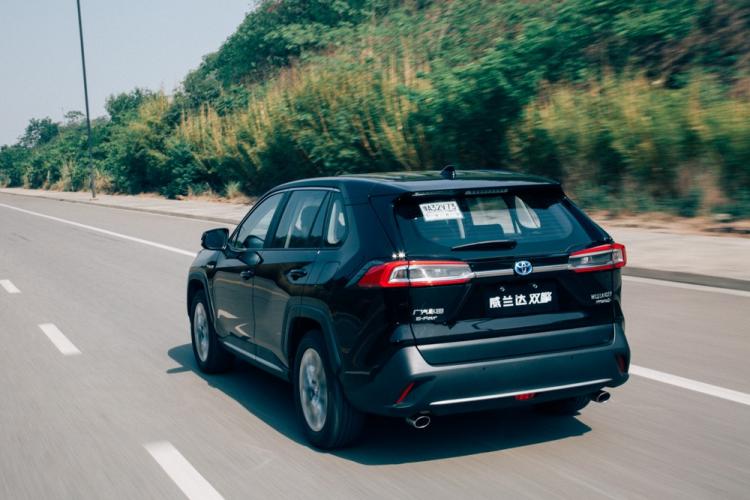
As for the post-maintenance of the Ni-MH battery under the rear seat, you can actually rest assured. The reason can be seen in the picture below.

exterior interior

Compared with my brother RAV4 Rongfang, I am more inclined to the appearance of Weilanda. The sharp light-sensitive intelligent projection LED headlights and the spinning tapered grille at the bottom even have a Lexus taste. The interior is covered with a large area of soft skin, which has an outstanding texture and does not feel cheap at all. The 7 airbags that are standard in all models are enough to show GAC Toyota’s dedication to safety.
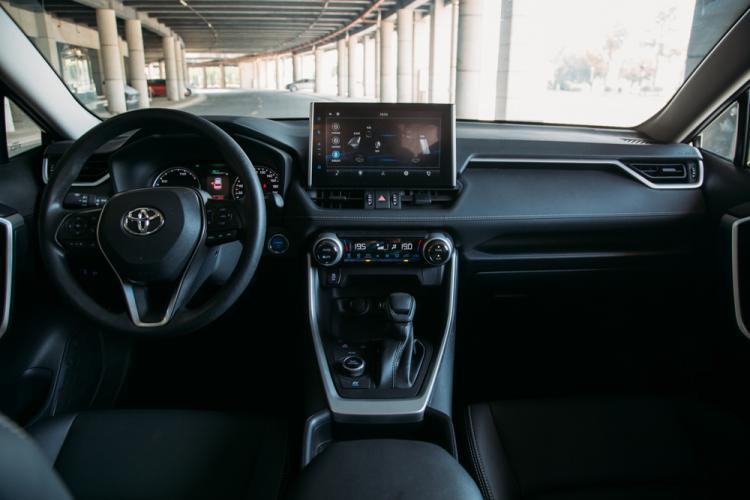
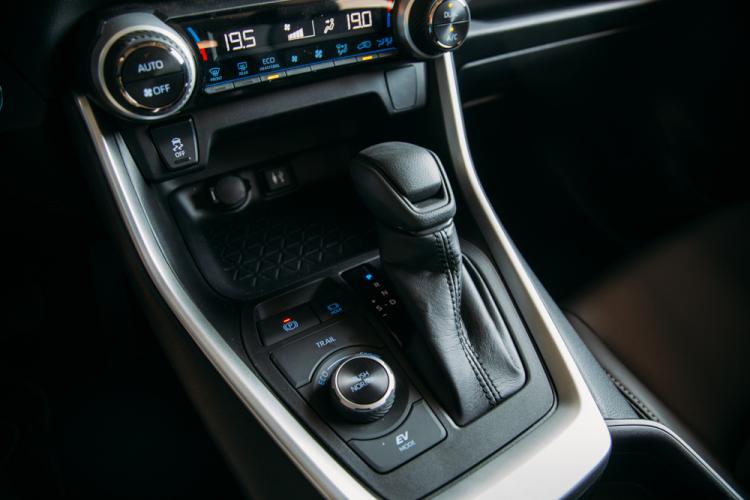
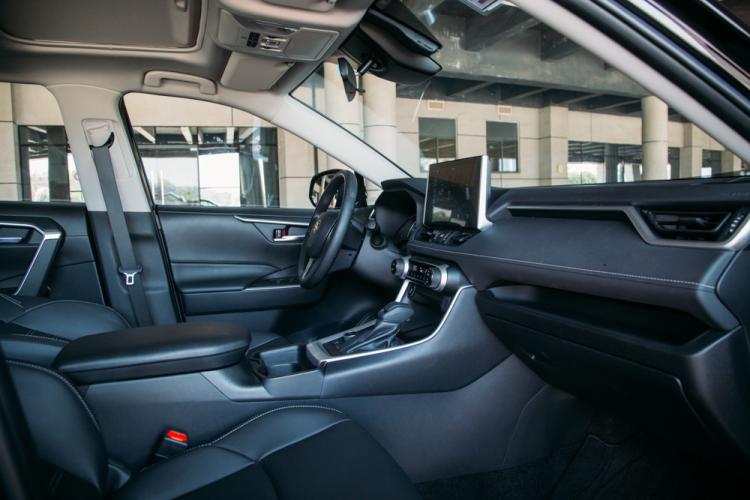
Compared with models of the same level and configuration, Weilanda’s interior texture is also excellent. As for whether it looks good or not, that is a matter of opinion. Due to the large number of configurations of Weilanda models, the article will not list them one by one. For specific model configuration information, you can go to the official website of GAC Toyota for inquiries.
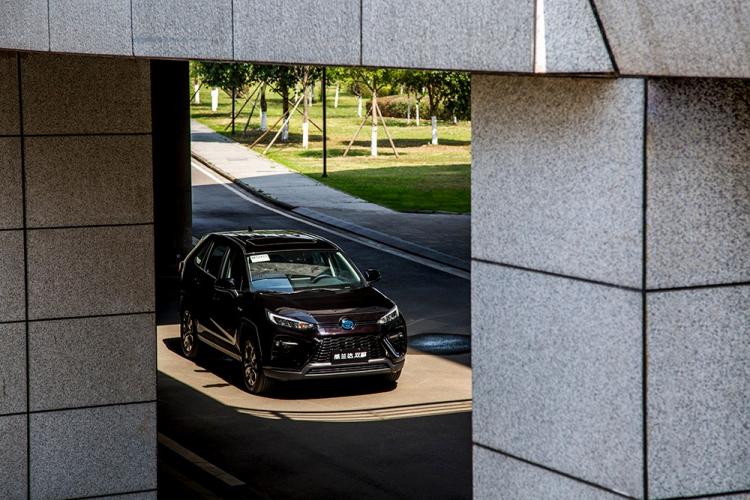
According to GAC Toyota’s official statistics, among customers ordering Weilanda, orders for luxury and above mid-to-high-end models accounted for 96%; orders for four-wheel drive versions accounted for 40%; 52% of the customers who placed orders for Qing hybrid vehicles chose the four-wheel drive version.
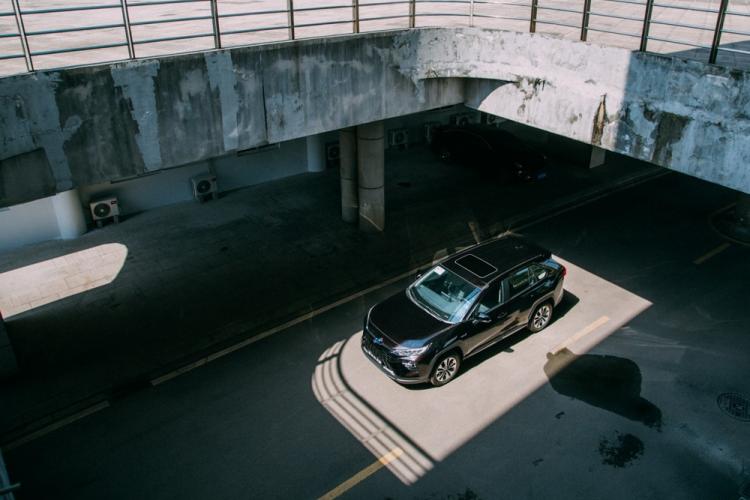
Summary: If you only travel in the city, the two-wheel drive version is enough. If you love self-driving or live in a snowy city in the north, the DTC smart four-wheel drive version is more suitable. If you are adventurous, the DTV dynamic vector four-wheel drive version can take you through obstacles. If you have higher requirements for power or fuel economy, the dual-engine four-wheel drive version is your best choice.




